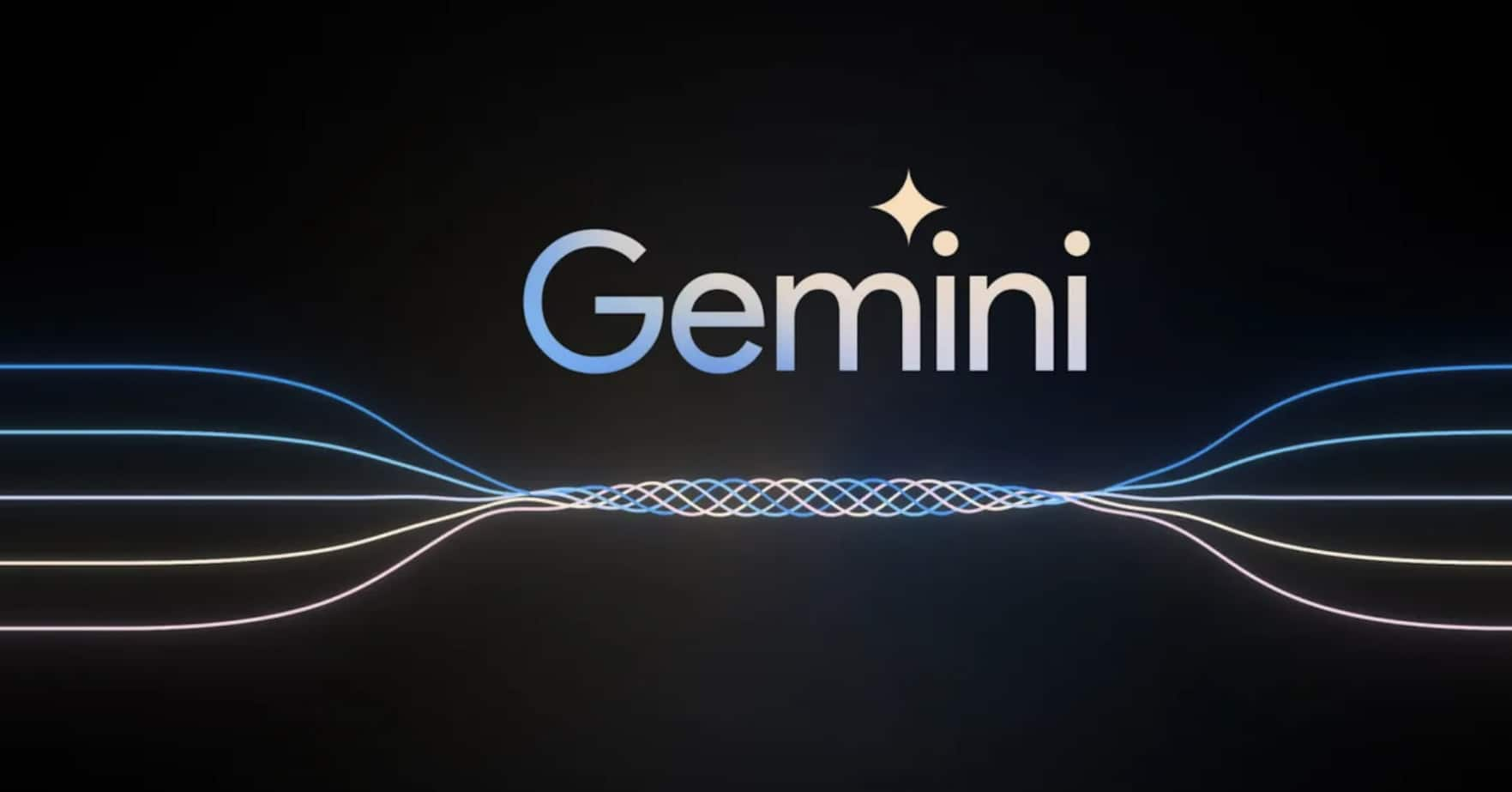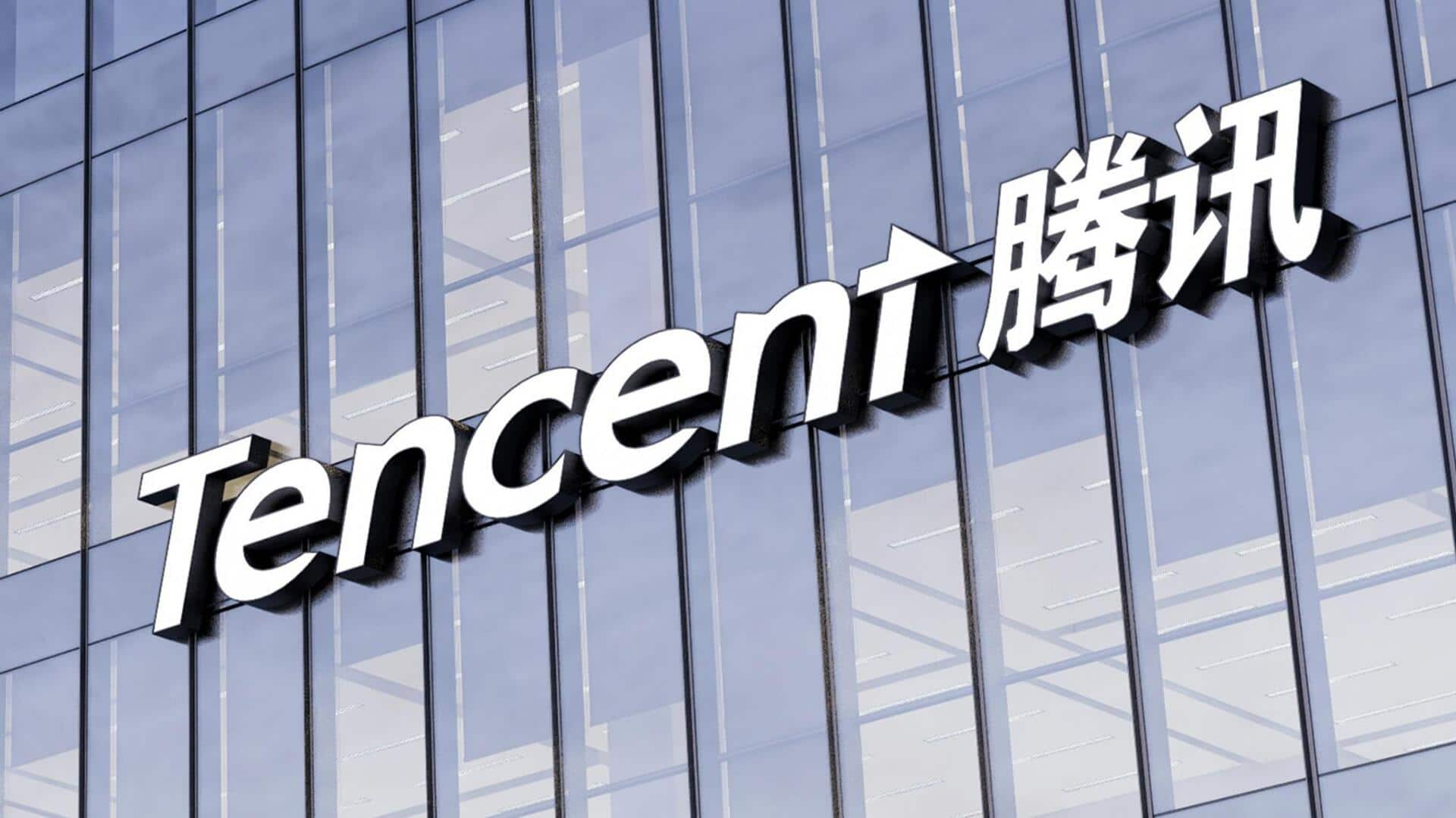एआई का वैश्विक धक्का: फंडिंग में उछाल, प्रतिभा का पुनर्संयोजन, और क्रिएटिव कंज्यूमर टेक की लहर
Author: Editorial Team

एआई का वैश्विक धक्का कई ताकतों के स्पेक्ट्रम में उजागर हो रहा है: उभरते हुए वेंचर कैपिटल और रणनीतिक कॉर्पोरेट निवेश, उपभोक्ता एआई और सुरक्षा के चारों ओर उभरती नियामक निगाहें, और सीमाओं को पार कर रही प्रतिभा गतिशीलता की एक लहर. इस सप्ताह की टेक्नोलॉजी खबरें एक ऐसे दृश्य का संकेत देती हैं जहाँ पूंजी, नीति और संस्कृति मिलकर न सिर्फ उत्पाद रोडमैप बनाते हैं बल्कि एआई-सक्षम क्षमताओं तक पहुँच और अवसर भी तय करते हैं। यूरोप, उत्तर अमेरिका, अफ्रीका और एशिया में स्टार्टअप और इनकम्बेंट दोनों ही breakthroughs को व्यावहारिक अनुप्रयोगों में तब्दील करने के लिए दौड़ में हैं — मानसिक स्वास्थ्य प्लेटफॉर्म से लेकर उपभोक्ता इलेक्ट्रॉनिक्स तक, AI द्वारा बनाए गए 3D मूर्तियों से लेकर एंटरप्राइज़-ग्रेड ऑटोमेशन तक जो कार्यस्थलों को फिर से आकार देगा। कथा की धड़कन एक एकल शीर्षक नहीं, बल्कि एक पैटर्न है: मजबूत फंडिंग राउंड जो आत्मविश्वास दिखाते हैं, नेतृत्व-परिवर्तन जो रणनीतिक बदलाव की ओर इशारा करते हैं, और नियामक चर्चाएं जो या तो सुरक्षित अपनाने को तेज कर सकती हैं या प्रयोगों को सीमित कर सकती हैं। सप्ताह के अंत तक, इन धागों को एक साथ बुनने वाला एक सामान्य प्रश्न है: कौन तय करता है कि बौद्धिक प्रणालियाँ मानव कार्यों को कैसे बढ़ाती हैं, और निजीता, सुरक्षा और अवसर पर कितनी कीमत चुकानी होगी؟
फंडिंग फ्रंट लें. क्लारेट कैपिटल ने एआई-समर्थित स्टार्टअप्स और ग्रोथ-स्टेज वेंचर्स के लिए दूसरा €350 मिलियन फंड बंद कर दिया है, एक ऐसा कदम जो यूरोप के एआई इकोसिस्टम में निवेशकों के भरोसे को रेखांकित करता है. यह वीरेओ वेंचर्स के €50 मिलियन क्लोज़ और Unmind के €22 मिलियन राउंड के साथ जुड़ता है, जिसका उद्देश्य डेटा और व्यवहार विज्ञान को उपयोग करके कार्यस्थल के मानसिक स्वास्थ्य में सुधार करना है. मिलकर ये तीन घटक गतिशीलताओं के नक्शे को बनाते हैं: पहला, ऐसी शुरुआती चरण की विचारों को समर्थन देने की इच्छा जो वास्तविक दुनिया के दर्द बिंदुओं को दूर करने के लिए AI का इस्तेमाल करती हैं; दूसरा, स्केल और एंटरप्राइज-ग्रेड समाधानों की भूख जिन्हें मजबूत डेटा इन्फ्रास्ट्रक्चर और गवर्नेंस चाहिए; और तीसरा, जिम्मेदार, मानव-केंद्रित AI में सतत रुचि जो कर्मचारी कल्याण और उत्पादकता पर जोर देती है, न कि केवल उपभोक्ता hype. निवेशक बढ़ती ही ऐसी संस्थाओं की तलाश कर रहे हैं जो तकनीकी नवीनता को स्केलेबल ग्राहक परिणामों के साथ blends कर सकें, और इसका मतलब है मानसिक स्वास्थ्य टेक, नियामक टेक, और AI- सक्षम निर्माण जैसे निचे क्षेत्रों के लिए अधिक फंडिंग.
नीति और नियामक विकास कभी भी निवेशकों और आविष्कारकों की बातचीत से दूर नहीं होते, और इस सप्ताह कई संकेत दिखते हैं। संयुक्त राज्य अमेरिका में, Federal Trade Commission ने बच्चों और किशोरों के लिए विपणित AI साथी की सुरक्षा पर पूछताछ शुरू की है, डेटा संग्रह, हेरफेर, और सामाजिक नुकसान की संभावना जैसी चिंताओं को उजागर करते हुए। फोकस केवल तकनीकी क्षमता पर नहीं है बल्कि इसके चारों ओर के ईकोसिस्टम पर है—कैसे एप्स मार्केट होते हैं, कौन सी जानकारी इकट्ठी की जाती है, कैसे स्वीकृति प्राप्त होती है, और क्या कमजोर उपयोगकर्ताओं के लिए सुरक्षा उपाय मौजूद हैं। इसके साथ, चीन की AI महत्वाकांक्षाएँ टल नहीं रहीं, टैलेंट रणनीति में Tencent के OpenAI शोधकर्ता की भर्ती जैसी उच्च-प्रोफ़ाइल चालें शामिल हैं, जो दिखाती हैं कि बड़े खिलाड़ी शीर्ष दिमागों की भर्ती करने के लिए कितनी रेस लगाते हैं। डेवलपर्स और स्टार्टअप्स के लिए इसका परिणाम एक दोधारी तलवार है: नवाचार के लिए मजबूत प्रेरणा और सुरक्षा, गोपनीयता और पारदर्शिता को डिज़ाइन में समायोजित करने की बढ़ती अनिवार्यता।
प्रतिभा गतिशीलता कॉर्पोरेट रणनीति के केंद्र में है। xAI, एलोन मस्क की AI उद्यम, पर सप्ताह की रिपोर्ट एक मिसाल है: आंतरिक संचार से संकेत मिलता है कि डेटा एनोटेशन टीम से कम से कम 500 कर्मचारियों की छंटनी की जा रही है क्योंकि कंपनी अपने Grok चैटबॉट को तेज करने के लिए विशेषज्ञ भूमिकाओं की ओर बढ़ रही है। प्रतिभा प्रतियोगिता का एक और आयाम है शोधकर्ता और इंजीनियरों की क्रॉस-बॉर्डर mobility, जिन कंपनियों को AI ट्यूटर, डेटा वैज्ञानिक, और मशीन लर्निंग इंजीनियर मिल रहे हैं जो जटिल उत्पाद-ईकोसिस्टम को नेविगेट कर सकें। बड़े खिलाड़ियों और स्टार्टअप दोनों के लिए, प्रतिभा रणनीति अब सिर्फ यह नहीं कि कौन एल्गोरिदम बना सकता है, बल्कि कौन ऐसी गवर्नेंस प्रथाओं को बना सकता है, मजबूत डेटा लेबलिंग मानक लागू कर सकता है, और deployed प्रणालियों में व्याख्यात्मकता और सुरक्षा सुनिश्चित कर सकता है। तेज़ गति वाले बाज़ार में, कंपनियां आक्रामक भर्ती को अनुशासित जोखिम-प्रबंधन के साथ संतुलित कर रही हैं ताकि ऐसी गलतियाँ न हों जो नियामक दंड या ציבור backlash ला दें।
उत्पादन और उपभोक्ता पक्ष पर, इस सप्ताह की टेक लॉन्च दिखाती है कि कैसे AI और उन्नत sensing रोजमर्रा के उपकरणों में समा रहे हैं। द हंस इंडिया ने बाज़ार में उपलब्ध उपकरणों की एक सूची प्रकाशित की—Samsung Galaxy F17 और Nikon ZR से Acer Nitro V15 तक—जो दिखाती है कि प्रोसेसर-प्रेरित प्रदर्शन और AI-चालित सुविधाओं के बीच रेखा कैसे धुंधली हो रही है। उपभोक्ता उपकरणों में, AI बेहतर स्मार्ट कैमरे, ऑन-डिवाइस इंफरेंस के साथ त्वरित प्रतिक्रिया, और गेमिंग प्रदर्शन में सुधार के रूप में प्रकट होता है। iPhone 17 चर्चा—भारत में कीमतें और ऑफ़र—यह भी दर्शाती हैं कि प्रीमियम स्मार्टफोन्स अब AI-सक्षम व्यक्तिगत सहायक के रूप में विपणित होते हैं, जिनमें फ़ोटोग्राफ़ी, कैप्शन और प्रेडिक्टिव टेक्स्ट के लिए ऑन-डिवाइस AI acceleration है। इस उपभोक्ता-केंद्रित गतिशीलता से हार्डवेयर की मांग सिर्फ बढ़ती है नहीं बल्कि सॉफ्टवेयर इकोसिस्टम, ऐप स्टोर्स और सेवाओं के विकास को भी प्रेरित करती है जो बुद्धिमान फ़ीचर्स के इर्द-गिर्द डिज़ाइन किए गए हैं, फ़ोटोग्राफी सुधारों से स्वास्थ्य ट्रैकिंग और प्राइवेसी नियंत्रण तक।
फंडिंग राउंडअप: क्लारेट कैपिटल के €350M के दूसरे क्लोज़, Vireo Ventures के €50M, और Unmind के €22M AI-केंद्रित राउंड की एक लहर को उजागर करते हैं।
Dominant AI-driven consumer trends are expanding beyond traditional markets into playful, creative corners of the internet. The so-called Nano Banana trend—fuelled by Google Gemini’s AI capabilities—promises to transform ordinary photos into collectible, 3D figurines. Tech outlets in India and elsewhere described how Gemini’s Nano Banana model can generate highly stylized figurine renders from user photos, ready for 3D printing or digital collection. This rapid consumerization of AI art challenges traditional notions of creativity and authorship, while also raising questions about licensing, consent, and the environmental footprint of mass 3D printing. This trend’s momentum underscores how accessible AI tools are becoming, turning hobbyist creativity into potential small-business opportunities for independent artists and designers.

Gemini Nano Banana: AI-driven 3D figurine creation from a simple photo.
Behind the headlines of funding rounds and gadgets lies a more fundamental, often overlooked issue: who gets to participate in AI’s promised future. A Nation article on Kenya highlights patriarchy and connectivity as a roadblock to women’s participation in AI, a reminder that the benefits of AI’s productivity gains may widen existing inequalities if social and infrastructure barriers are not addressed. The piece emphasizes that representation matters—when fewer voices shape the design and governance of AI systems, the outcomes may omit safety considerations, accessibility, and cultural relevance. Bridging this gap requires multi-pronged strategies: expanding broadband access, promoting STEM education among girls and young women, creating mentorship networks, and ensuring that regulations protect privacy while encouraging inclusive innovation. This local lens complements global narratives about AI, offering a sober reminder that the future of AI must be inclusive to be sustainable.
Global talent mobility intersects with corporate strategy in one more notable way: major tech groups are actively courting high-skilled researchers from premier labs. The Newsbytes report that Tencent hired a top OpenAI researcher in China’s intensified AI competition underscores how talent flows shape corporate trajectories and country-level AI ambitions. The move signals a broader pattern in which talent, not just capital, determines who wins in the race to build more capable, more reliable, and more user-friendly AI systems. For startups and established firms, this means cultivating an environment that can attract and retain top researchers—through competitive compensation, ambitious research agendas, supportive IP frameworks, and a culture of responsible innovation. The practical upshot is a more global, interconnected AI ecosystem where breakthroughs circulate quickly and cross-border collaboration grows more common.
Safety, accountability, and consumer protection will continue to frame AI’s adoption curve. In addition to regulatory scrutiny of AI companions, questions about the safe use of AI in everyday life extend to entertainment and content creation tools. The FTC’s actions, the OpenAI and Meta ecosystems, and a growing chorus of consumer-rights advocates push for clearer disclosures, better consent mechanisms, and explicit safety features built into AI products. The collective effect is to push developers toward standards that promote transparency—such as model cards, robust red-teaming, and user controls for data sharing and personalization. For consumers, the upshot is not simply more powerful tools, but a more trustworthy AI environment where privacy is respected and risks are mitigated. The balance between innovation and oversight will define the next phase of AI’s mainstream acceptance.
Looking ahead, the AI industry stands at a pivotal juncture where capital, policy, talent, and culture will co-create the next wave of capabilities. The week’s developments reveal a dynamic ecosystem in which large funds back AI-focused ventures, leading technology firms adjust their talent strategies, regulators seek to inoculate markets against safety and privacy risks, and consumers drive demand for intelligent devices and creative tools. If the industry can align incentives for responsible innovation—embedding safety and fairness in design, ensuring diverse voices shape product development, and providing transparent user experiences—AI’s potential to raise productivity, unlock new business models, and broaden creative horizons could be realized more quickly and more inclusively. The coming months will test whether the momentum can be sustained, and whether the promise of AI remains both extraordinary and equitable.

टेनसेंट चीन में व्यापक AI प्रतिभा रणनीति के भाग के रूप में OpenAI शोधकर्ता को भर्ती किया।
यह समापन टिप्पणी दोहराती है कि AI का विस्तार सिर्फ चतुर एल्गोरिदम के बारे में नहीं है; यह शासन, समावेशन, उपयोगकर्ता सशक्तिकरण, और मजबूत ईकोसिस्टम पर निर्भर करता है। जबकि पूंजी महत्वाकांक्षी अनुप्रयोगों को निधि देने के लिए दौड़ती है और नियामक संस्थाएं सुरक्षा उपायों को समायोजित करती हैं, उद्योग को ऑटोमेशन, पूर्वाग्रह, और निगरानी के सामाजिक प्रभावों के प्रति सतर्क रहने की जरूरत है। उपभोक्ता अब एक दूरदर्शी दर्शक नहीं बल्कि एक सक्रिय भागीदार बन चुके हैं जो यह तय करता है कि AI उपकरण कैसे दैनिक जीवन में एकीकृत होते हैं—फोटोग्राफी, गेमिंग, और स्वास्थ्य से लेकर शिक्षा और कार्यस्थल तक। अगर डेवलपर्स और नीति-निर्माता सुरक्षा, निष्पक्षता और पारदर्शिता के साझा एजेंडे का अनुसरण करते हैं, तो AI की यात्रा संभवतः अवसर बढ़ाने के बारे में उतनी ही होगी जितनी कि तकनीकी कौशल के प्रदर्शन के बारे में।